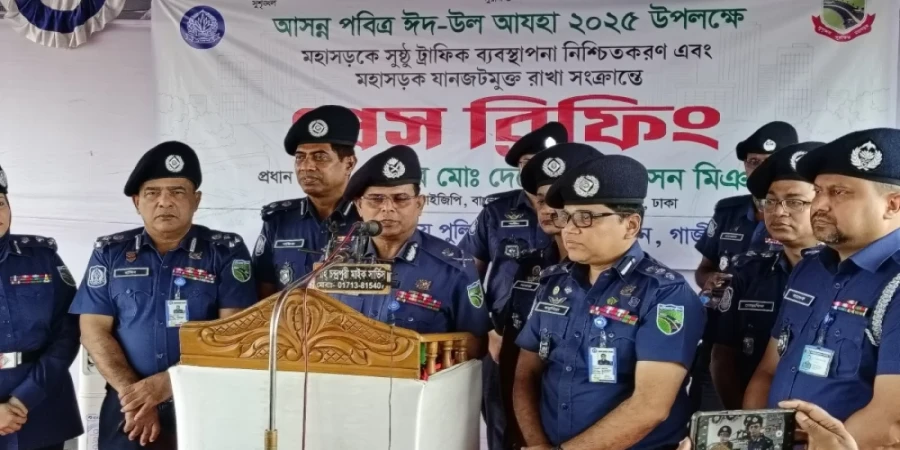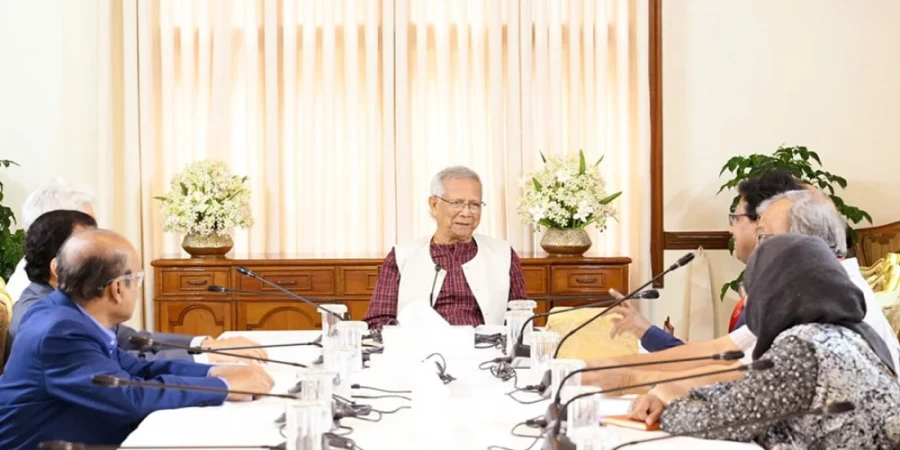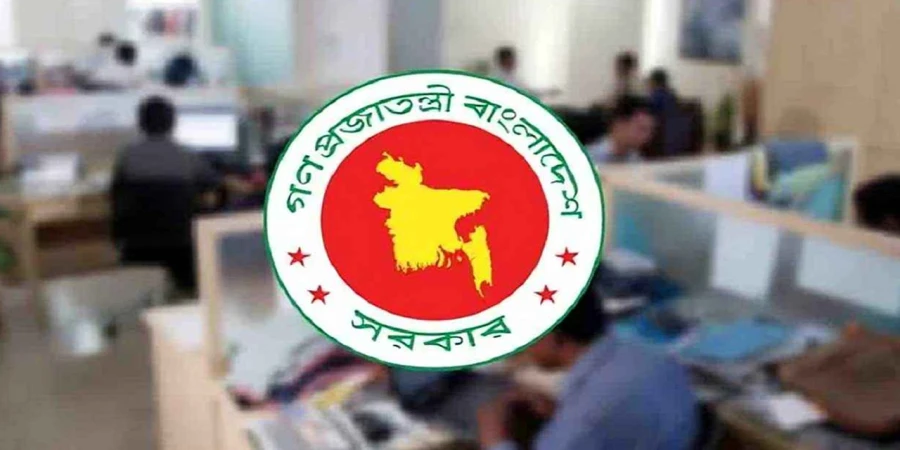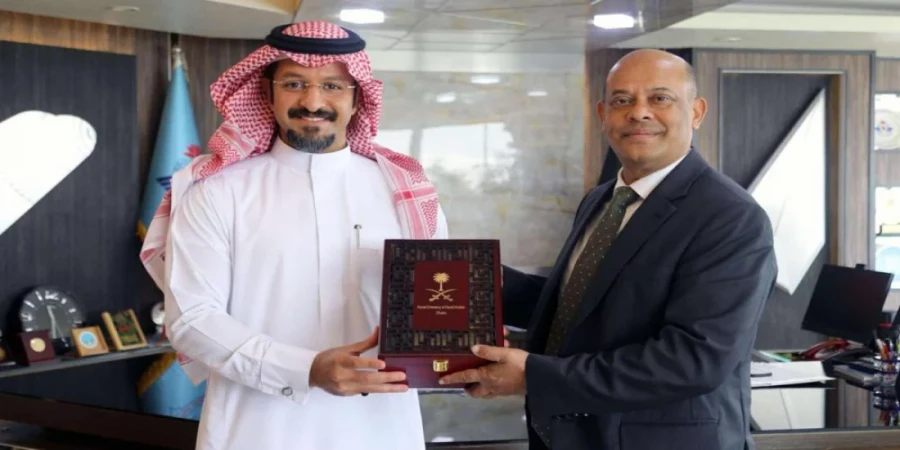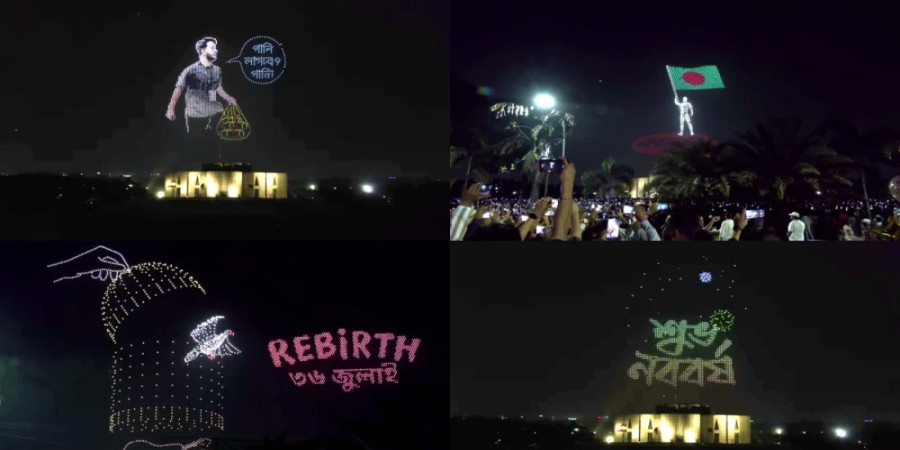
ছবি: Photo: Collected
On the evening of Pahela Baishakh, the heart of Dhaka witnessed a groundbreaking celebration unlike any seen before. Manik Mia Avenue served as the stage for a remarkable drone show that began at 7 PM, blending art, technology, and history in a seamless visual spectacle. This initiative was made possible through the technical assistance of the Chinese Embassy in Dhaka and supported by the Government of Bangladesh.
The drone performance unfolded against the backdrop of the city's new year festivities, turning the skies into a vibrant canvas that reflected major historical and socio-political milestones. A test run of the drone show had taken place earlier on the night of April 12 near the National Parliament building, hinting at the grandeur that awaited the capital’s residents on the Bengali New Year.
Celebrated filmmaker and cultural advisor Mostofa Sarwar Farooki later shared glimpses of the earlier show on his verified Facebook page, drawing public attention and excitement. During the full-scale event on Pahela Baishakh, the drone choreography brought to life powerful imagery from Bangladesh’s past and present. Among the most moving visuals were moments from the 1971 Liberation War, and a stunning portrayal of Shaheed Abu Sayeed standing defiant during the July Movement.
The drones also recreated the iconic scene of Mugdho distributing water—an act that has come to symbolize solidarity and compassion within protest movements. Over the course of the show, audiences were treated to visual tributes that spanned from the nation’s birth in 1971 to the sociopolitical climate of 2024. Figures titled “The Hero of ’24,” themes of breaking free from cages represented by doves, and a solemn moment of prayer for Palestine added depth to the overall presentation.
The narrative arc of the drone show also included symbolic references to recent waves of student and civilian protests, particularly those calling for the resignation of Prime Minister Sheikh Hasina. These scenes were woven into the broader historical framework of national uprisings and people’s movements, providing a thought-provoking commentary on the continuity of civic resistance in Bangladesh.
Earlier in the afternoon, the festivities kicked off with a colorful concert organized by the Bangladesh Shilpakala Academy. From 3 PM onwards, thousands of people from all walks of life gathered on Manik Mia Avenue, adding to the celebratory atmosphere of Pahela Baishakh. Music, dance, and spontaneous expressions of joy filled the streets as young and old alike welcomed the new year with open arms and hopeful hearts.
This year’s Pahela Baishakh celebration stood out not only for its festive cheer but also for its reflection of the nation’s evolving identity. The integration of cutting-edge technology in a traditional setting marked a new chapter in how Bangladesh commemorates its cultural and political legacy.
repoter



